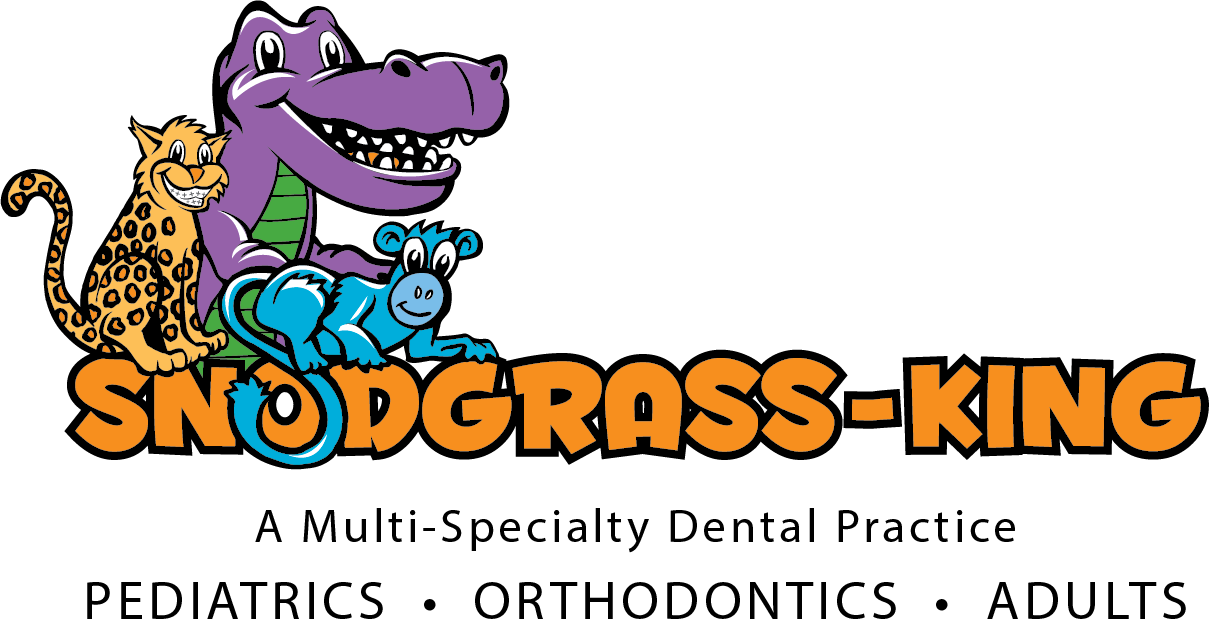IMPLANTS
Dental implants are changing the way people live. They are designed to provide a foundation for replacement teeth which look, feel and function like natural teeth. The person who has lost teeth regains the ability to eat virtually anything, knowing that teeth appear natural and that facial contours will be preserved. Patients with dental implants can smile with confidence.
What are Dental Implants?
The implants themselves are tiny titanium posts, which are surgically inserted into the jawbone where teeth are missing. These metal posts act as tooth root substitutes. The bone bonds with the titanium, creating a strong foundation for artificial teeth. Small posts are then attached to the implant, which protrude through the gums. These posts provide stable anchors for crowns to artificially replace the missing teeth.
What is the procedure to get implants?
For most patients, the placement of dental implants involves two surgical procedures. First, implants are placed within your jawbone. For the first four to six months following surgery, the implants are beneath the surface of the gums gradually bonding with the jawbone. You should be able to wear a temporary tooth replacement prosthetic and eat a soft diet during this time.
After the implant has bonded to the jawbone, the second phase begins. Your doctor will uncover the implants and attach small posts, which will act as anchors for the artificial teeth or crowns. These posts protrude through the gums. When the artificial teeth are placed, these posts will not be seen. The entire procedure usually takes six to eight months. Most patients experience minimal disruption in their daily life.
Who Actually Performs the Implant Placement?
Implants are a team effort between an Oral and Maxillofacial Surgeon and a Restorative Dentist. While the oral surgeon performs the actual implant surgery, and initial tooth extractions and bone grafting if necessary, the restorative dentist (your dentist) fits and makes the permanent prosthesis. Your dentist will also make any temporary prosthesis needed during the implant process.
What Types of Prostheses are Available?
- A single prosthesis (crown) is used to replace one missing tooth – each prosthetic tooth attaches to its own implant
- A partial prosthesis (fixed bridge) can replace two or more teeth and may require only two or three implants
- A complete dental prosthesis (fixed bridge) replaces all the teeth in your upper or lower jaw; the number of implants varies depending upon which type of complete prosthesis (removable or fixed) is recommended
- A removable prosthesis (over denture) attaches to a bar or ball in socket attachments, whereas a fixed prosthesis is permanent and removable only by the dentist
Why Dental Implants?
Once you learn about dental implants, you finally realize there is a way to improve you life. When you lose several teeth – whether it’s a new situation or something you have lived with for years – chances are you have never become fully accustomed to losing such a vital part of yourself.
Dental implants can be your doorway to renewed self-confidence and peace of mind.
Why Would You Select Dental Implants Over More Traditional Types of Restorations?
- to avoid sacrificing surrounding good tooth structure to bridge a space
- to avoid having a removable prosthesis that could be uncomfortable or rembarassing
- to be able to floss and care for the tooth replacement, just like all the other teeth
Are You a Candidate for Implants?
If you are considering implants, your mouth must be examined thoroughly and your medical and dental history reviewed. If you mouth is not ideal for implants, ways of improving outcome, such as bone grafting, may be recommended. This will all be evaluated and discussed with you by the surgeon.

